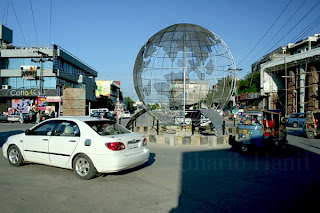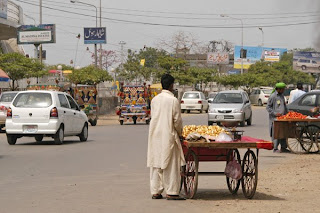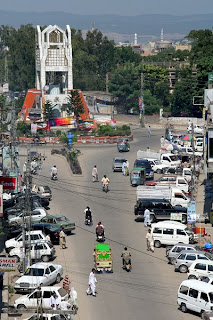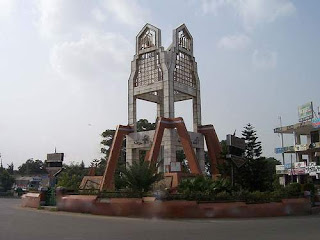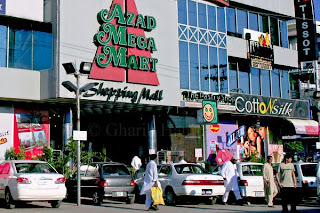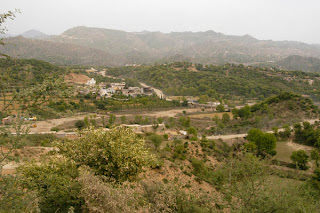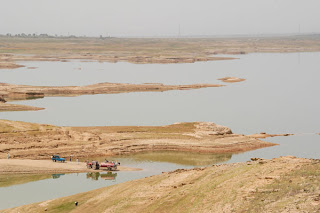The people of Mirpur are of three main ethnic groups.
Arain - A minority group, mostly engaged in commercial businesses. Migrated to Mirpur from Punjab.
Awan - Especially in Sungot,Khari sharif, Andrah & Islamgarh.
Gujjar - One of the three major ethnic groups in Mirpur. Most reside in Mirpur, Islam Gar, Dadyal and New Mirpur. Gujjars in Mirpur are in a minority, compared to Jatt and Rajput, this is mainly due to most of them having emigrated when old Mirpur was flooded following the construction of the Mangla Dam. They are very united and active in politics, enterprise and bureaucracy of AJK. The Gujjar clans are Bagri, Bajar, Bhumbla, Bjarh, Chandpuri, Chauhan, Chechi, Hans, Khatana, Khepar and Meelu.
Jarral - Large numbers of Jarral's reside in New Mirpur.
Jats - Represent one of three majority ethnic groups of Mirpur. Most reside in the traditional Jat heartlands of Chaksawri, Dadyal, New city of Mirpur and the countryside surrounding Mirpur, which is overwhelmingly Jat. The main villages of Jat's in Mirpur City are Ban Khurma, Balah-Gala, Kalyal, Khambal, Purkhan, Sangot and Thathal with many villages around the Khari Sharif area. Jat's play an active role in the commerce & politics of AJK. They are the largest & most dominant group by population and politically in the city of Mirpur. Jat clans are made up of the Dhamials, Bangial, Rachyals, Kalyals, Kanyals, Mathyals, Nagyals, Nathyals, Ranyals and Thathaals.
Kashmiri - Main city clans in Mirpur include Butt, Lone, Most work in the trade sector, especially in gold. They are the descendants of Kashmiri workmen who migrated to the plains of Punjab from the Kashmir Valley in the 16th and 17th centuries.
Mughals - Are not involved in active politics, but they are very active in the education sector.
Rajputs - Third of the three major ethnic groups in number, they play an active role in politics and bureaucracy. Rajpoots live in Main city, Islamgarh, Kakra & Khari Sharif region. The famous sub clans of Rajpoot's are Gakhars, Chibbs, Janjua Mangrals, Malhotras, Minhas,Kahlotra, Punwar, Bais Rajput & Sohlans.
Sheikh - Most people who classify themselves as Sheikhs in Mirpur are descendants of Khatri Hindu's.
Sayyids - Though a minority group they are a very active people and occupy important positions in all sectors. Sadat's migrated to Mirpur from neighbouring Punjab.












